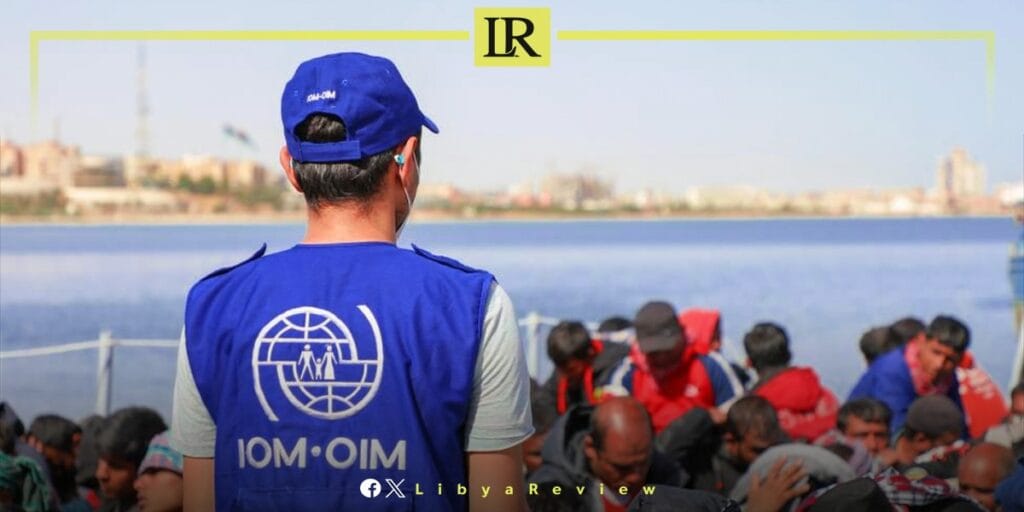The International Organization for Migration (IOM) reported that 14,554 migrants have been intercepted and returned to Libya so far in 2025, highlighting the continuing risks faced by thousands attempting to cross the Central Mediterranean.
Among those returned are 12,617 men, 1,324 women, and at least 468 children, while 145 migrants had no available gender data.
At the same time, the IOM confirmed that around 400 people have died on the dangerous sea route since January, with an additional 318 reported missing.
These figures underscore the Central Mediterranean’s reputation as the deadliest migration path in the world, where overcrowded boats, poor safety conditions, and unpredictable weather routinely lead to tragedies.
In its latest weekly update covering 10–16 August, the IOM said 491 migrants were intercepted and brought back to Libya. The incidents occurred off the coastlines of Zwara, Sabratha, Azzawiya, Tripoli, and Derna. One body was also recovered during these operations.
Libya remains a primary departure point for migrants seeking to reach Europe, particularly Italy.
The IOM noted that despite international efforts, the numbers remain high. For comparison, 21,762 migrants were intercepted and returned to Libya in 2024, alongside 665 recorded deaths and 1,034 missing persons.
In 2023, the numbers were slightly lower, with 17,190 intercepted, 962 deaths, and 1,536 missing.
Human rights organizations have repeatedly raised concerns about the conditions migrants face after being returned to Libya, citing detention, abuse, and lack of basic protections.
The IOM itself stresses that it does not consider Libya a safe port for disembarkation, but it continues to monitor arrivals and provide emergency assistance such as medical care and humanitarian support at disembarkation points.


